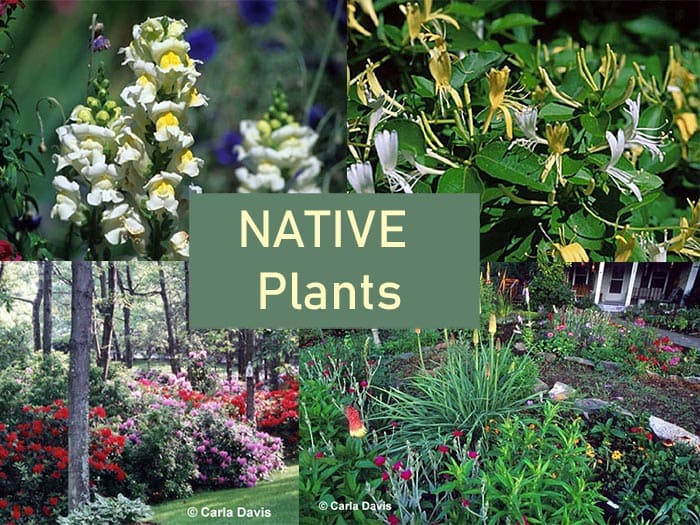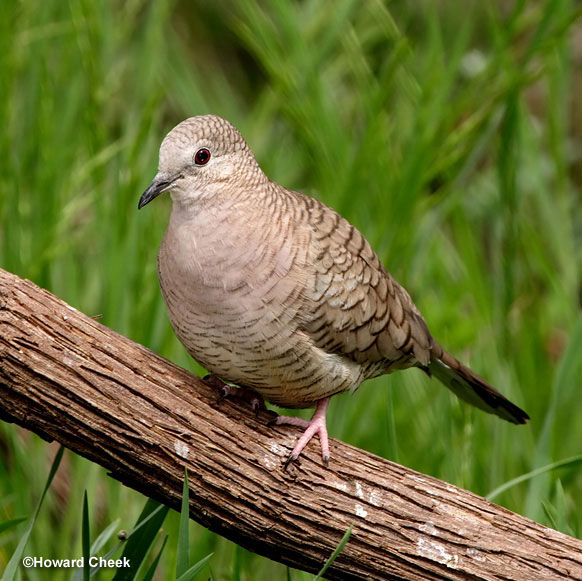
Maine Plants for Wildlife Habitat & Conservation Landscaping
Do you enjoy observing nature…hearing the song of the chickadee…watching hummingbirds fill up on nectar from trumpet vines…listening to the chattering of squirrels…seeing the beauty and grace of a monarch butterfly perched on a milkweed… experiencing the antics of a Mockingbird…the cooing of the Mourning Doves…the swiftness of the Cottontail…and the brilliance of a Cardinal or Baltimore Oriole?
If the answer is “yes”, you’ll probably want to landscape your property for wildlife so you can experience even more from Mother Nature by attracting more wildlife to your property.
Wildlife doesn’t just randomly appear in a given area. It is there because of favorable habitat. The essential elements that you must provide in your habitat are food, water, cover and a place to raise a family. To attract the most wildlife, you need native trees, shrubs, groundcover, vines and wildflowers, many of which will provide food and shelter.
Native or indigenous plants naturally occur in the region in which they evolved. They are adapted to local soil, rainfall and temperature conditions, and have developed natural defenses to many insects and diseases. Because of these traits, native plants will grow with minimal use of water, fertilizers and pesticides. Wildlife species evolve with plants; therefore, they use native plant communities as their habitat. Using native plants helps preserve the balance and beauty of natural ecosystems.
Remember the function served by plants and structures is more important than their appearance. In other words, don’t base your planting decisions solely on what a plant looks like. Following are WindStar Wildlife Institute’s plant recommendations for wildlife habitats in Maine:
Trees
Red, Sugar, Rock, Mountain and Swamp Maple, Yellow, Paper and Gray Birch, American Hornbeam, Green and White Ash, White and Northern Red Oak; Black Gum, Bigtooth and Quaking Aspen; White and Black Spruce, White Pine, White Cedar, Eastern Hemlock; American Mountain Ash; Basswood

Doves are one of the types of birds that can be seen in Maine.
Shrubs
Downy, Eastern, Smooth and Allegheny Serviceberry; Buttonbush; Gray and Red-osier Dogwood; American Hazelnut; Bush Honeysuckle; Leatherwood; Winterberry; Northern Bayberry; Black Chokeberry; Pussy Willow; Highbush Blueberry; Highbush Cranberry; Mapleleaf and Arrowwood Viburnum; Nannyberry
Wildflowers
New England and New York Aster, White and Red Baneberry; Columbine; Jack-in-the-pulpit; Joe-Pye Weed, Milkweed; Marsh Marigold; Bluebead and Trout Lily; Boneset; Blue Flag; Solomon’s Seal; New England and New York Aster; Foam Flower; Wild Oats
Vines and Groundcovers
Virgin’s Bower; Fox Grape; Cranberry; Lowbush Blueberry; Virginia Creeper; Patridgeberry; Wintergreen; Creeping Juniper; Bunchberry; American Bittersweet; Bearberry, Running Serviceberry
Located in the far northeast corner of the United States, Maine is the largest of the New England states. The Maine penninsula, West Quoddy Head, is the easternmost land area of the United States. The Pine Tree State (Almost 90% of Maine is forested.) can be divided into three geographic land areas stretching from the Atlantic Ocean in the east, northwest to the White Mountains.
The three regions are the Coastal Lowlands, Eastern New England Uplands and White Mountains. The University of Maine Cooperative Extension Service can provide you with a list of native plants in your area.
For more information on improving your wildlife habitat, visit the WindStar Wildlife Institute web site. On the web site, you can also apply to certify your property as a wildlife habitat, register for the “Certified Wildlife Habitat Naturalist e-Learning course, become a member and sign up for the FREE WindStar Wildlife Garden Weekly e-mail newsletter.

